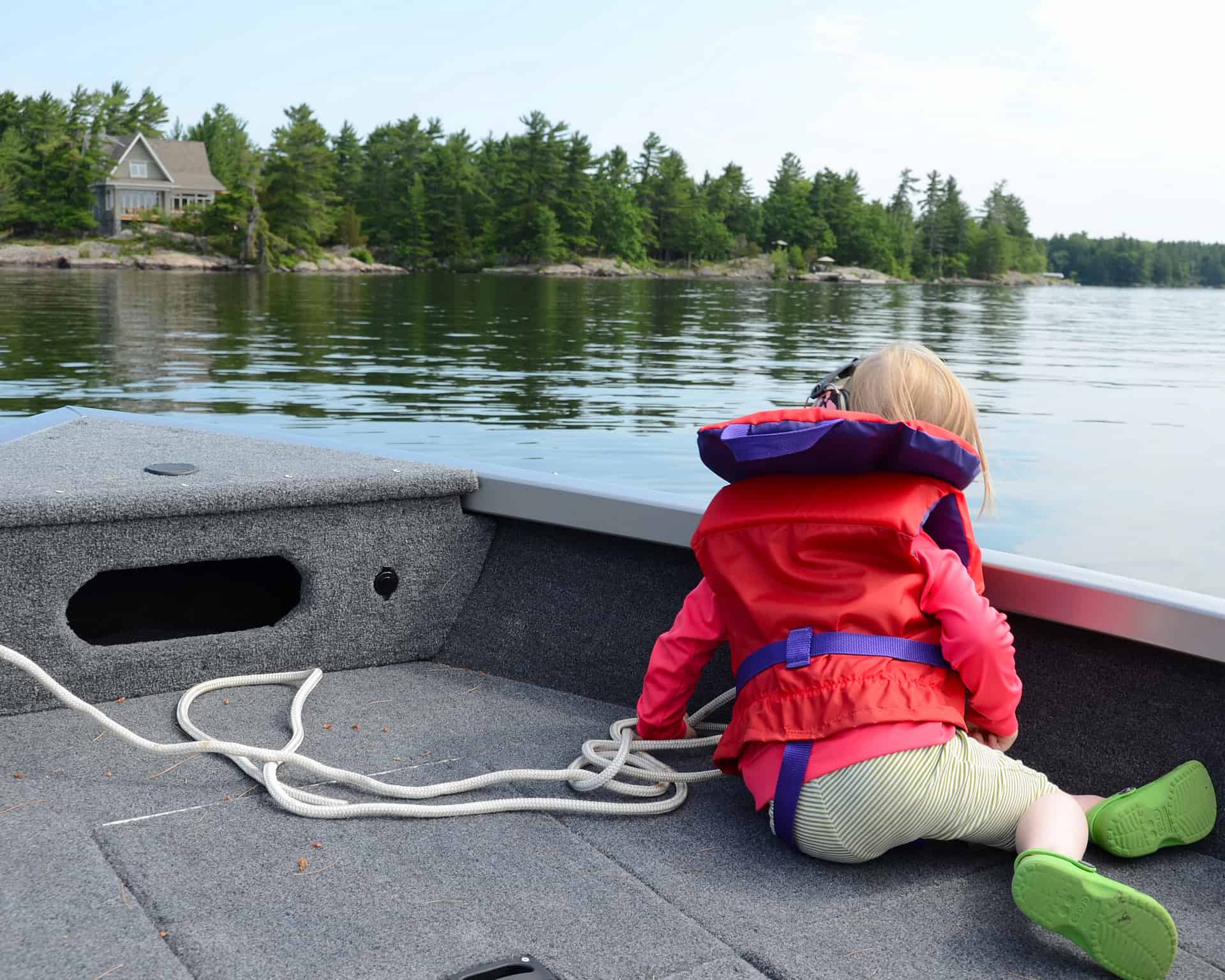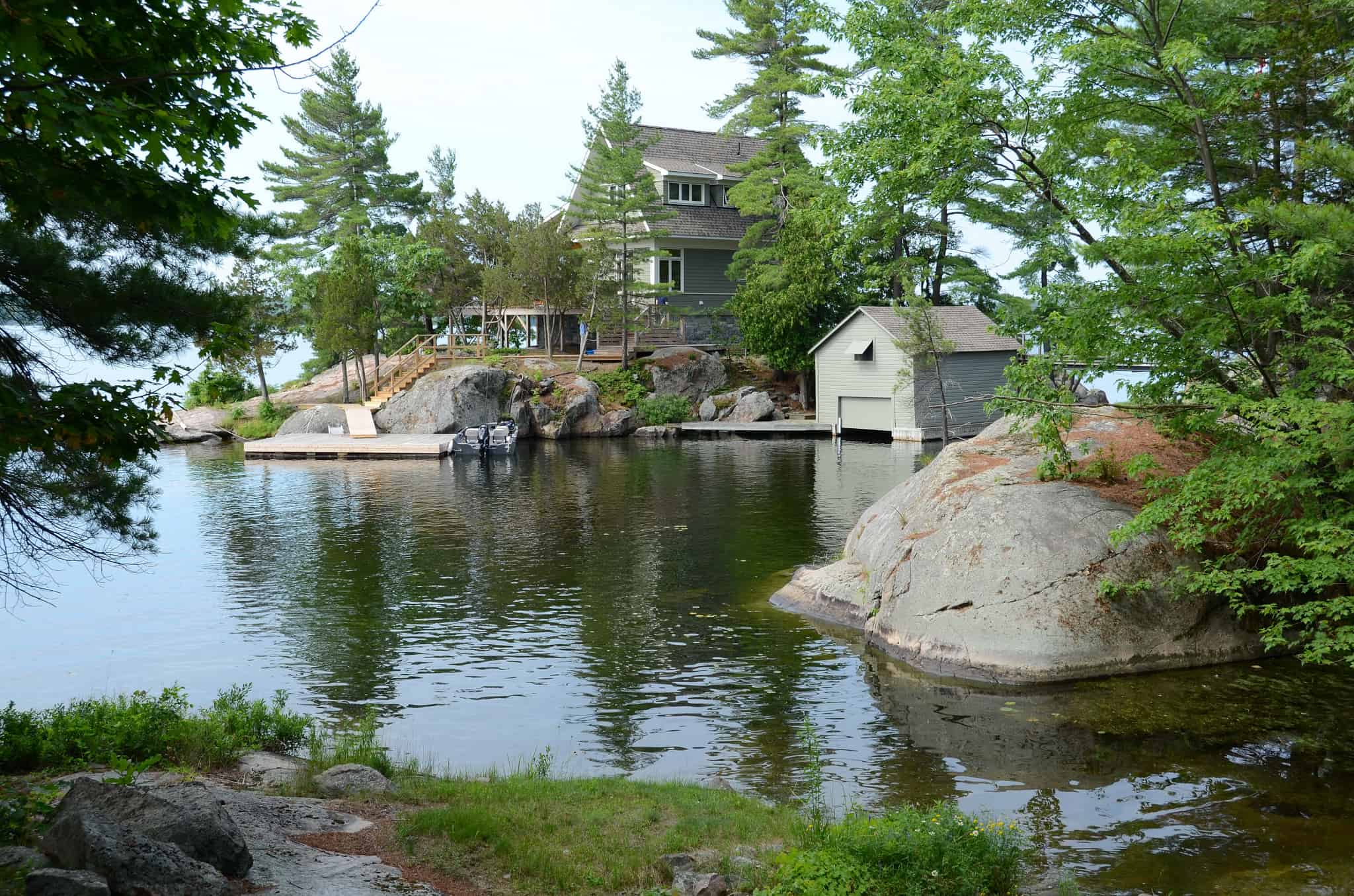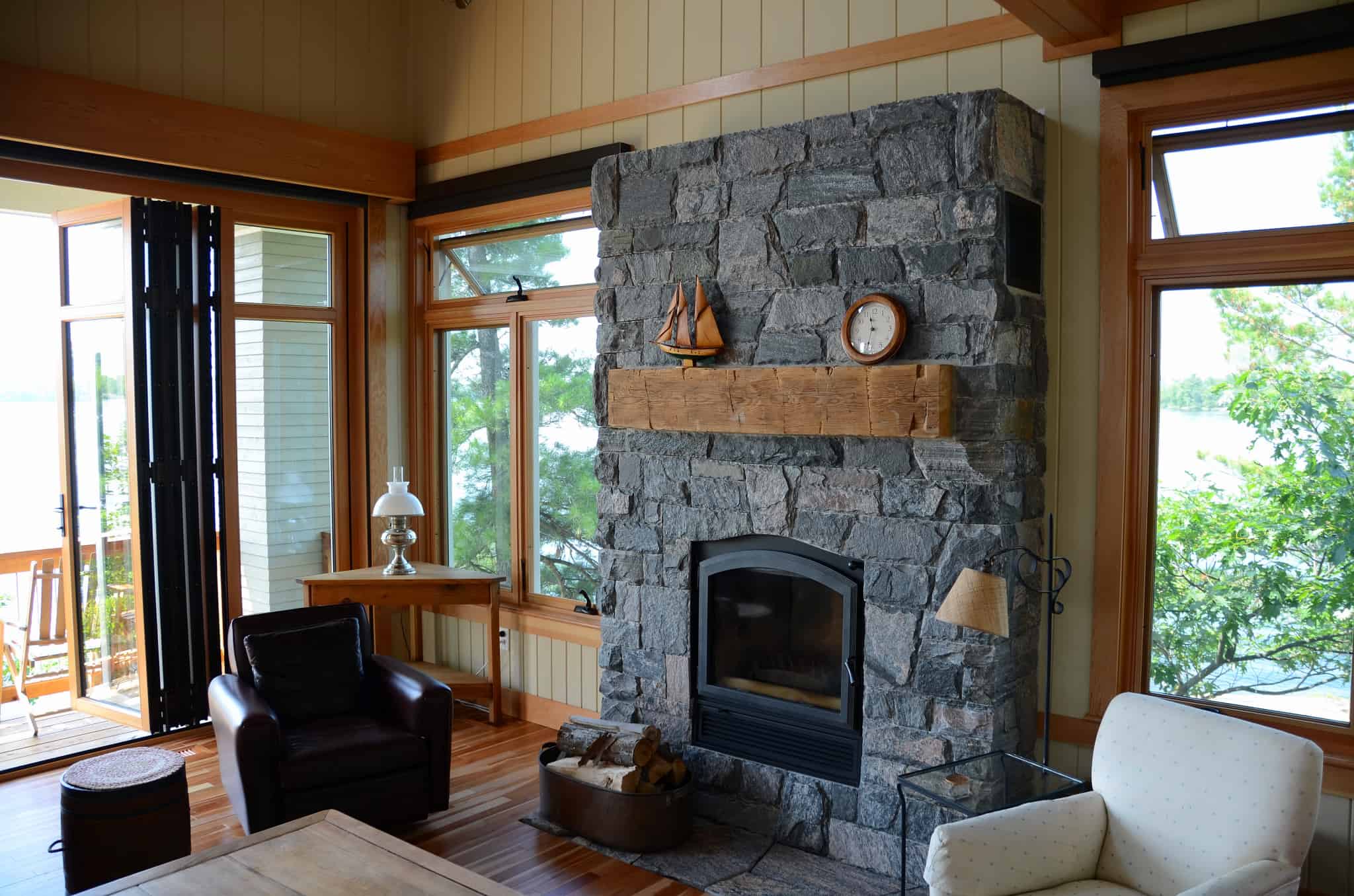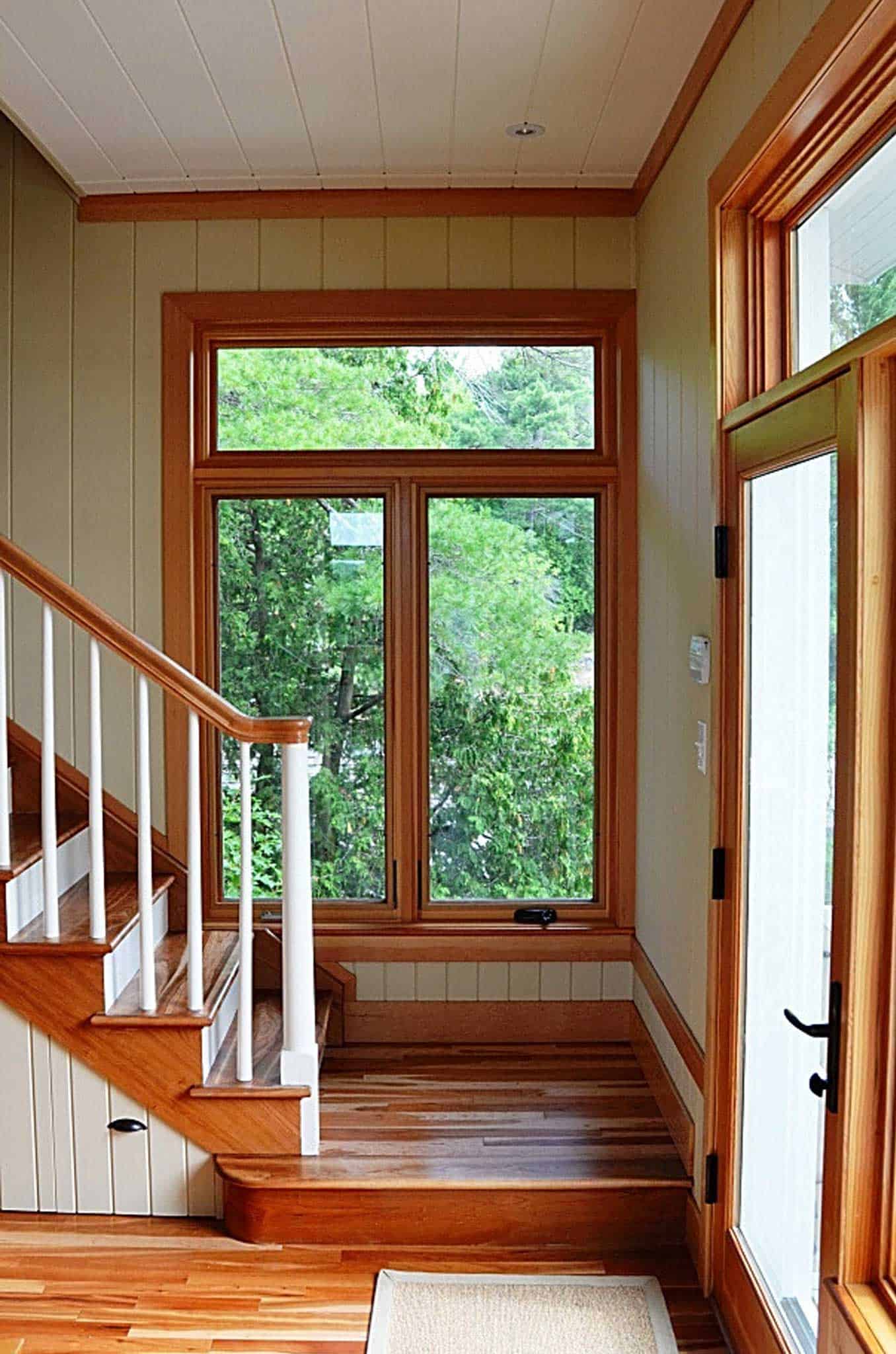Grandfathered on a Rock
“To understand a place one must know its memories.” – Richard England

Here was our problem. In the 1920’s, a vacation property was acquired by a local family on a lake in the Kawarthas, about 90 minutes north of Toronto. The property had two parts – about an acre on the mainland and an adjacent free-standing rock island.


A tiny, primitive cottage was built on the island in 1922 without services, but with awesome panoramic exposure.

In the decades that followed, a pedestrian bridge was added, connecting the two parts of the site, and land-based water, power and sewage were extended over that bridge to the cottage. The family decided that after 85 years, it was time to re-construct, update and winterize.

We faced two challenges. First, under the current regulations, the island was an unbuildable site. It was technically too small to support a new structure. Next, the cottage had over the decades become a local landmark, a beloved navigational milestone for boaters. An overtly modern building would be an affront.

“ grandfather – an exemption based on circumstances previously existing.” – Miriam Webster
Working with regulations is a crucial part of the design process. It’s certainly a big part of what we do every day. Uncovering magic in the obtuse language of zoning and building regulations can be richly rewarding, but it requires a terrible kind of patience.


We argued strenuously and successfully, that grandfathering provisions in the by-laws should be interpreted to allow a new replacement building, as long as its footprint did not exceed the existing. A variance was granted to allow a partial second floor.

Adopting a more traditional cottage expression for the project was easy – the family saw their project as an important extension of the history of their ownership. The new building needed to belong on that particular rock – it was to be an expression of their commitment to the lake.

“I love that cottage. One of the dopest on the lake .” – Darcy (Zac’s friend)
